Trade Winds
1601 University Ave. West
St. Paul
This page will cover the music venues located at 1601 University Ave. West in St. Paul.
Much of this information comes from lyfmap.com and the Turf Club’s website.
HOVE FOOD MARKET
According to Ramsey County, the building was built in 1922 as a grocery store. It was a one-story brick structure with a steel ceiling.
KIRCH & GILLIS
Next door to Hove’s was a pool hall named for the two owners: Kirch and P.H. Gillis. At some point after Prohibition ended in 1933, they took over the food store and converted it into a bar with the same name.
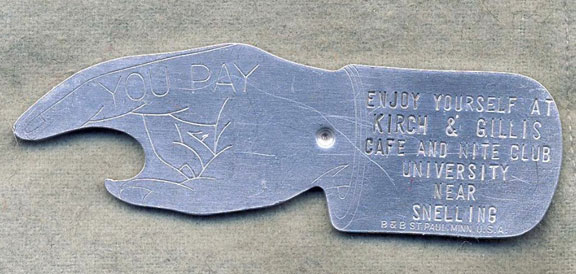
On November 6, 1942, a three-alarm fire destroyed the bar with a blast that blew out the front and rear ends of the building an hour after closing time. The cause of the explosion was unknown, although tavern manager Norman Nelson didn’t think it was of “incendiary origin.” Damage was estimated at $40,000. (Minneapolis Star, November 6, 1942)
The Turf Club website says that “a local newspaper” (probably from St. Paul) did note that the fire was difficult to extinguish because of exploding liquor bottles. No one was injured except for 79-year-old Mrs. Julia A. Kehne, who tripped over a fire hose the next day.
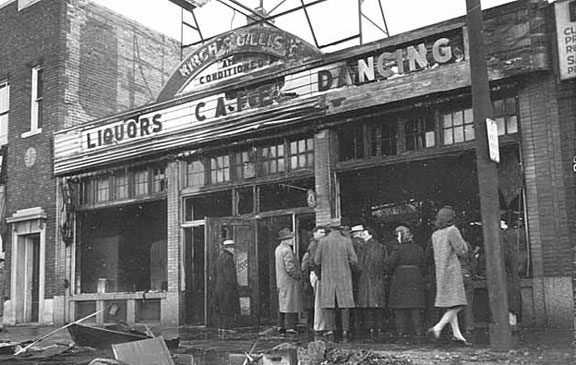
The ad below promises Thanksgiving dinner (at popular prices) and dancing to Lowell (Huck) Round and his band. Didn’t that look like Huck Hound to you at first?
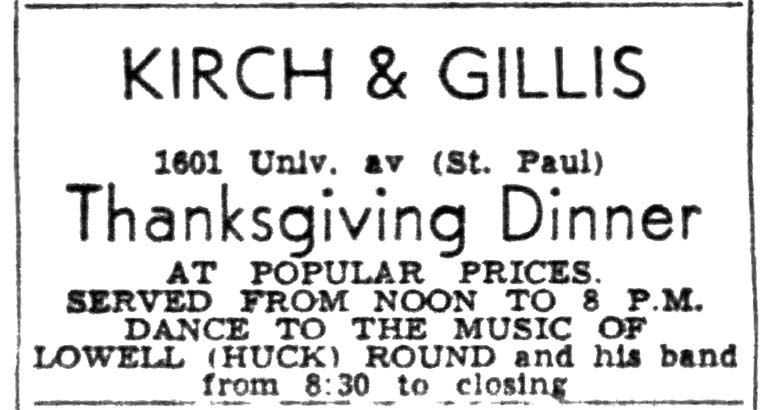
Not exactly sure why this ad announces the Grand Opening of a bar that had been open over ten years, but it wasn’t unusual. Perhaps there was a social season. This one promises music by Shorty Brier’s Band and “stage bar antics” by Johnny Konchal.
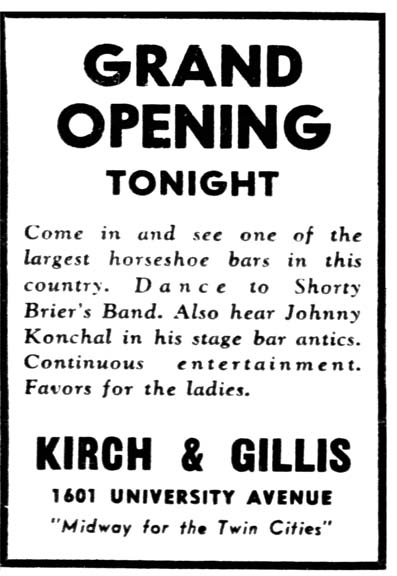
TRADE WINDS
In 1959, the club was purchased by Jack White and renamed the Trade Winds.
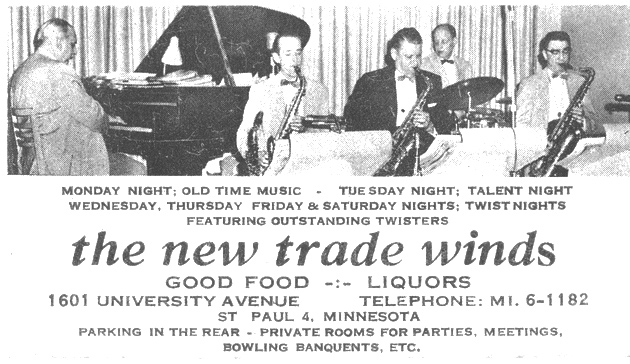
JACK WHITE
Jack White (John Michael Wiese II) was a self-taught musician and band leader from 1930 until 1969. During the 1940s, his orchestra regularly performed at many Twin Cities locations including Curly’s, Stranski’s Night Club, Coleman’s, the Red Feather, Prom Ballroom, and the Air-O-Inn. His weekly show was often broadcast on the radio on Sunday nights and recorded by his wife, who owned a record maker in their basement. White played at the Trade Winds almost nightly until his death in 1969.
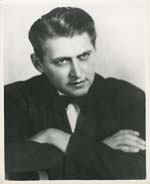
ANOTHER FIRE
Fire hit the building once again on July 30, 1960. 100 patrons had to evacuate the building for the three-alarm blaze and three firemen were treated for smoke inhalation at Ancker Hospital. The fire started in the basement and ate through the floor of the one-story building. The bar fell into the basement. Damage was estimated at more than $35,000. (Minneapolis Star, July 30, 1960)
The restaurant was back on its feet in January 1961.
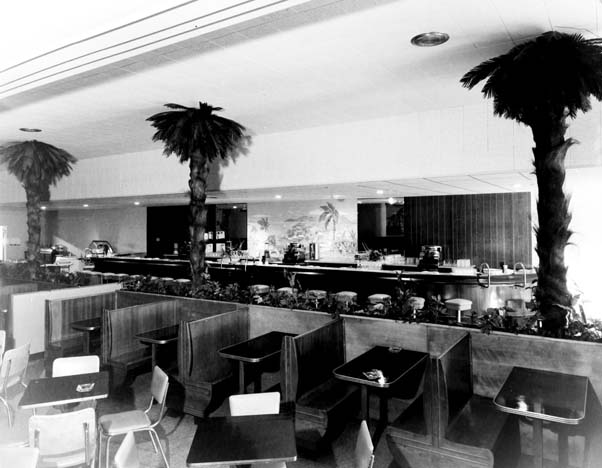
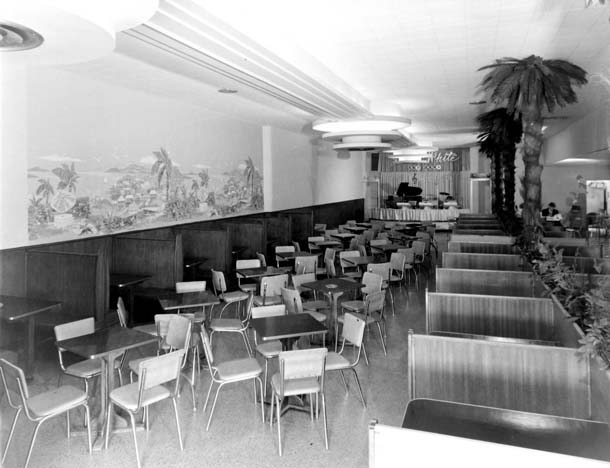
In March 1963, Will Jones noted that at the Trade Winds they were now playing Calypso and Limbo. (Minneapolis Tribune, March 12, 1963).
A report of a slugging of a lady counting receipts reveals that the owner of the Trade Winds was her brother, Clarence Wallraff. The lady kept screaming even after she was slugged with a gun, and the bandit got out of there leaving stacks of money behind. An alert bystander got the license plate and three rough-looking robbers were nabbed. (Minneapolis Star, April 8, 1963)
That particular holdup made the bar infamous, in that one of the men captured was connected with the T. Eugene Thompson murder. He had handled the Luger that was procured to kill Mrs. Thompson, although it wasn’t actually used in the murder.
Amateur Nights at the Trade Winds were on Tuesdays, reported Will Jones in November 1963.
By July 1964, the Trade Winds was the name of a folksinging group. And a line of campers.
TURF CLUB
At some point the Trade Winds became the Turf Club. I am taking information from multiple sources and none of them make any sense. The only thing I can count on are primary sources, and the last mention of the Trade Winds was in November 1963. The first mention of the Turf Club at this address (the bartender got shot in the leg) was on February 5, 1975. When I find out more, I’ll let you know!
P.S. There was another Turf Club in Minneapolis that became the White House.


